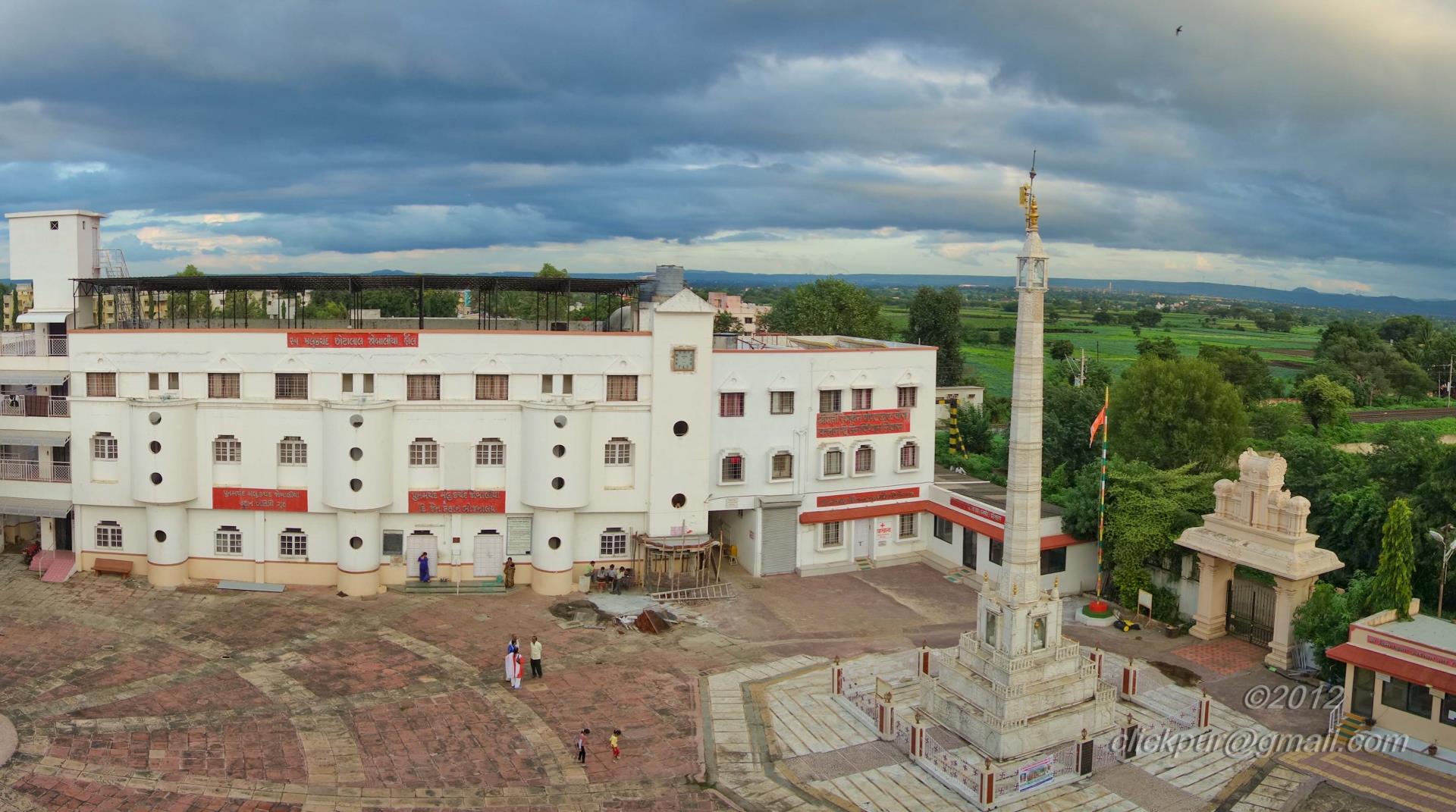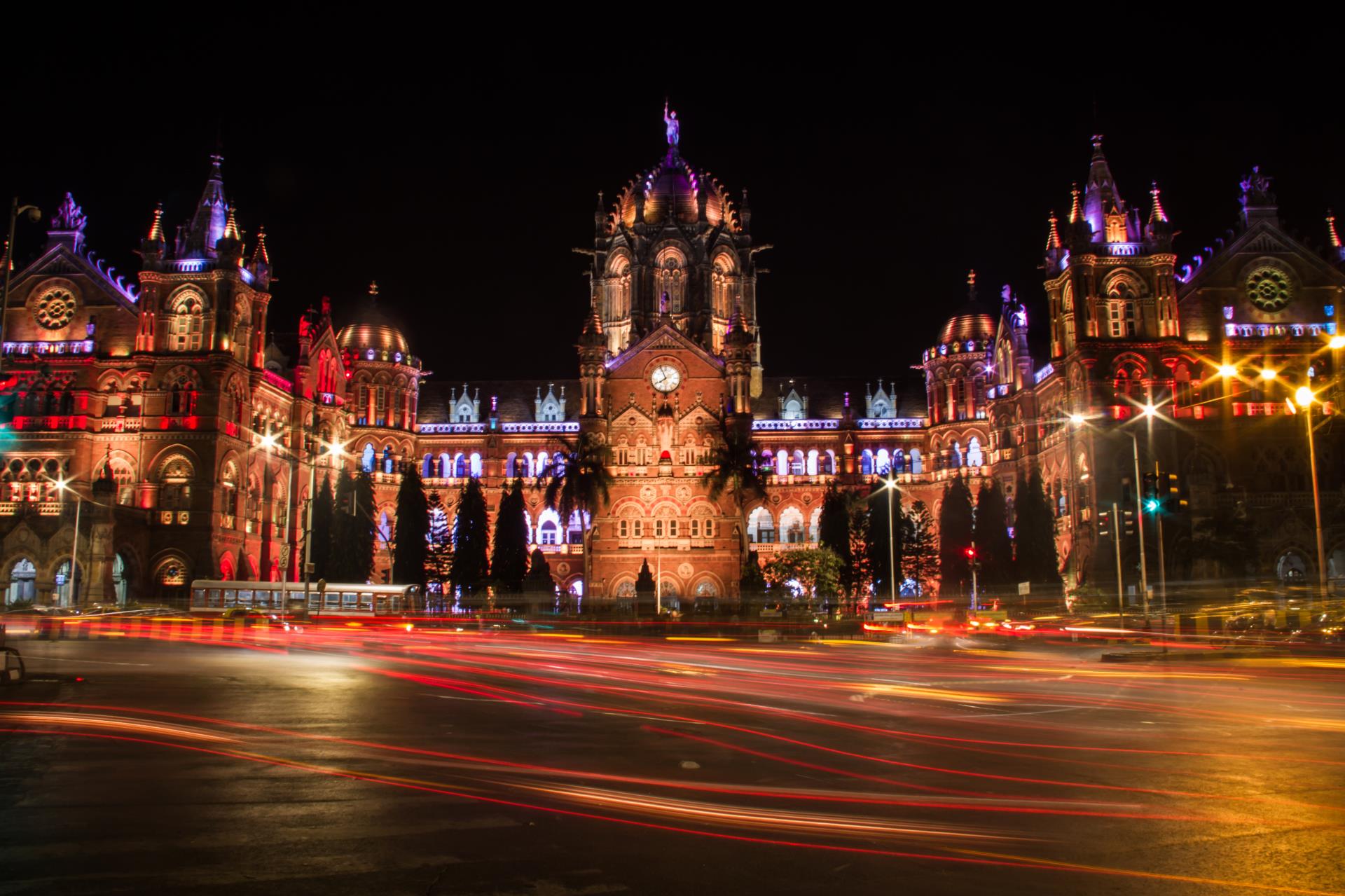Sorry, we couldn't find anything that matches your search.
Destination

Famous Places to Explore in Hyderabad
A vibrant city with the imposing...

Raipur Tourist Places | Best Place to Visit
The stronghold of several erstwhile...

Ahmedabad
Declared as India's first UNESCO World...
#
One of the best things about Mumbai is the sea and the access it provides for quick day-time trips to nearby beaches and islands. Less than an hour's boat ride from the Gateway of India, in Colaba, lies the Elephanta Island colloquially known as Gharapuri or the Fortress City. The scenic island stretches across 10 to 15 sq km of land and has a dense foliage of mango, tamarind and palm trees. Perfect for a weekend excursion, this island provides good trekking as well as picnic opportunities. The island gets its name from a giant stone sculpture of an elephant that was discovered by the 16th century Portuguese explorers who came to this area. The island owes its global popularity to the fact that it is home to a network of ancient rock-cut caves known as the Elephanta caves that boast artistic wall carvings and sculptures, dedicated to Hindu and Buddhist gods. These caves were incorporated in the UNESCO list of World Heritage sites in the early 1980s. The walls of the caves, which are located on top of a hillock, are lined with rock art that experts say, dates as far back as the mid- 5th and 6th century. There are two main hills on the island – Gun Hill and Stupa Hill. The former gets its name from the two British-era canons perched on it and the latter because of the remains of a Buddhist stupa that was excavated here. The most intricately detailed and architecturally majestic cave, among the Elephanta network is situated on Gun Hill. The panels on these caves depict the lives and beliefs of the esoteric Pashupati sect of the Shaiva system. A 7-m-high sculpture called Sadashiva lies at the entrance of the cave.










